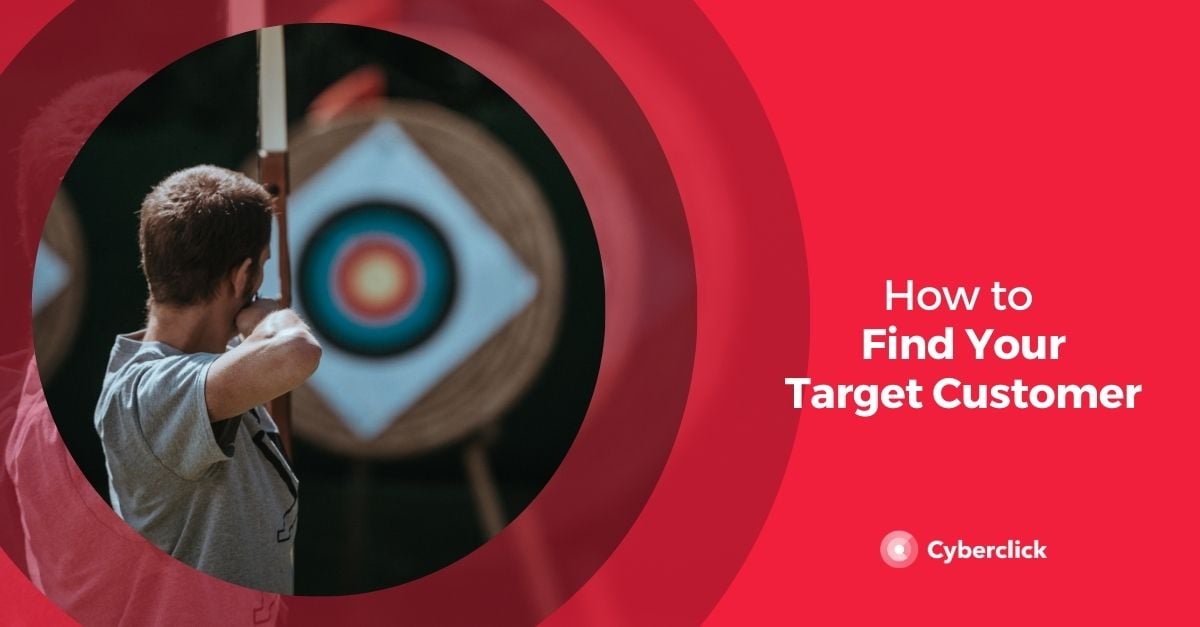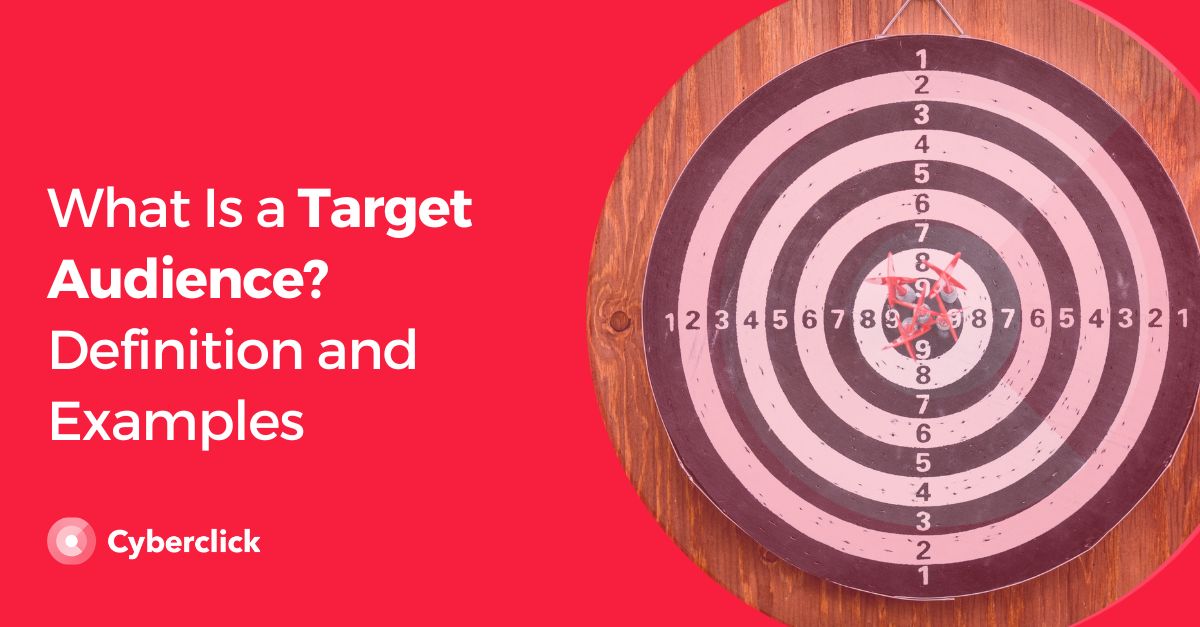Marketing your products or services requires strategic planning and execution. And knowing who your target customer is helps define that marketing strategy. Yet so many brands fail to identify and market to their true target customers. These are the people that are most likely to buy from you, so getting it right is critical. Here we’ll define what a target customer is and how to go about finding yours.

What is a Target Customer?
A target customer is a type of person that you want to sell your products to, and who is the most likely to buy from you based on your value proposition. As a brand, you have a general idea of what types of people might buy your products. But this is too broad. You need to use segmentation to group and then target specific types of customers based on their unique problems and profiles.
Target Customer vs Target Market
An important distinction is separating target customer from target market. A target market is a group of potential buyers who share a set of traits or demographics that you’d like to market to. Let’s say people aged 18 to 34, or people who live in Southern California and ride skateboards.
A target customer, on the other hand, is a buyer persona within one of those target markets. Identifying your target customer involves pinpointing what your ideal buyer looks like. Instead of an age range, a specific age. For example: 34 years old, drives a German made car, works for an IT company, buys organic supplements online, does CrossFit, etc. These traits, perhaps common traits between your regular buyers, build a target customer or buyer persona.
You can also have multiple types of target customers, the point is to speak to each type directly based on the target criteria.
How to Find Your Target Customer or Target Audience
Finding your target customer is a multi step process but is well worth the effort. Marketing to a broad audience is a sure way to throw advertising dollars down the drain.
Not everyone wants to buy your products. And even within the segment of customers who do buy from you, there are one time shoppers, deal hunters and so on. You need to refine your segmentation down to a particular type of person. who in essence, is going to be your best customer. Marketing to a focused, well-researched target customer who is likely a pre-qualified buyer, is a much better investment than blanket advertising.
Market Research
Conducting market research before starting a business is a crucial first step. You need to validate your idea, identify demand and understand the competition. Even if you’re already up and running, and think you know who your target customers are, an updated research effort doesn’t help. Purchasing behaviors and trends are shifting continuously and your target customers along with them. Just make sure you’re not segmenting and filtering too far—50 people who fit your criteria isn’t a very sustainable group of target customers.
Here are some key points to research for finding or re-evaluating your target customer(s):
- Analyze existing customers (we’ll discuss further below)
- Research your competitors - Who are your competitors serving? By recognizing the types of customers your competition sells to you can decide if they match what you offer. Or better yet, identify a niche that they’re not serving which you can swoop in to fill.
- List your product/service features - Breakdown the main features of your offerings and then the benefits they provide. Then, really drill down the types of customers who could gain the most from those benefits. These are your people!
- Is price on point? - Can the people you’re targeting actually afford your product? What drives their purchasing decisions? Are you a budget or a premium brand? In many cases price is a relative concept: if people believe they are getting value/quality for money they are willing to spend.
- Study existing research - You don’t need to do all the work yourself! A Google search will almost certainly provide you with blog posts, reports and surveys already done on your industry. Forums and groups are also great for getting to know what people really need and want.
Existing Customers
You’re probably aware of a general buyer persona that makes purchases from you. An age group, a location, gender, etc. From here you need to begin filtering customers and identifying common traits of repeat and high-spend customers. A CRM tool can help do this for you and create segmented customer lists that can be filtered for those overlapping traits. Tools like this can also help give insight into underserved markets which you can then develop a niche marketing strategy around.
Conducting a survey of existing customers is also a fantastic way to find your target. By asking them what’s missing or what their dream product would be, you can get amazing insight into how to market to and serve your ideal customers. It’s a win-win.
Communicating with Target Customers
Once you’ve pin-pointed a specific target customer or a set of target customers, you need to find ways to reach them. Where do they spend their time? Instagram, Facebook or LinkedIn?
Again, thorough research will reveal where people of a certain demographic spend their time. And Facebook, for example, has many filters for breaking down specific audiences and finding your target customers.
Not sure where to start? Younger people generally spend more time on Instagram, while the more mature generation is still primarily on Facebook. Split test with different types of ads and messages to find what resonates best with your target customers. This will depend greatly on their traits such as age, location and interests.
Finding your target customer is a key step in developing a successful digital marketing strategy. A focused, customized message that resonates with potential buyers is a far better investment than a generalized campaign. It helps build more sustainable seller/buyer relationships by connecting with what customers actually want. It also takes the guesswork out of your advertising efforts, saving resources and driving more conversions.






Leave your comment and join the conversation